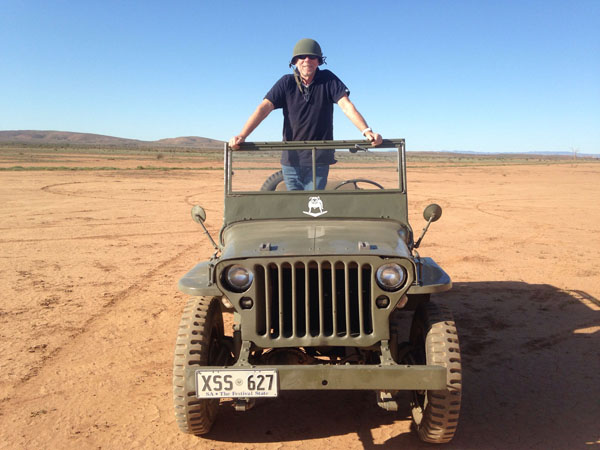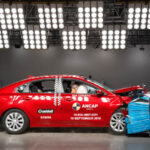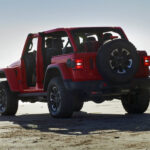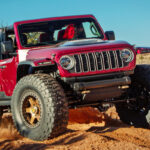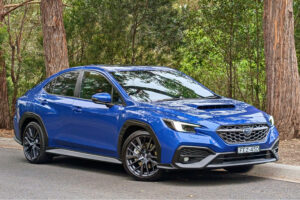 The Jeep has been referred to as, “the car that won a war”. A strong call? Perhaps, but there’s no doubt the versatile little go-anywhere 4WD greatly improved the movement of the men, materiel and messages on all fronts during World War II.
The Jeep has been referred to as, “the car that won a war”. A strong call? Perhaps, but there’s no doubt the versatile little go-anywhere 4WD greatly improved the movement of the men, materiel and messages on all fronts during World War II.
Though the USA didn’t enter the War until the Pearl Harbor attacks on 7th December 1941 American military strategists clearly anticipated the country would eventually become involved in the European conflict. Proposals for the small military vehicle that would eventually become the Jeep were called for on in July 1940 – 17 months before Pearl Harbour.
Some 135 automotive companies expressed interest in producing tough, basic 4WDs to specifications set by the US Army. From these Willys-Overland, American Bantam Car and Ford reached the final cut. Prototypes were built, then modified and finally, on July 11, 1941 the contract was awarded to Willys-Overland. That company built about 368,000 vehicles, and Ford, under license to W-O, some 277,000.
Though well over half a million wartime Jeeps were built, sadly very few are left today. Many were destroyed in combat or crashed by wild drivers, others were dumped in jungles, rivers, oceans and other places to dispose of them quickly and easily when the War was over. These days Jeep lovers still weep when they hear stories like this.
Yesterday I had the opportunity of driving a restored Jeep on a clay pan in the Flinders Ranges. Almost like being in the desert thanks to huge amounts of dust thrown up the strong winds. Look out Rommel, here comes Kennedy in his Jeep…
A military helmet was on hand and it proved too big for my head (no comments, please!) so fell down over my 21st century sunnies. Tilted back so I had a view through the lower half of the sunnies, visibility wasn’t too bad.
Memories of my early motoring days soon rose. The six-volt battery wasn’t particularly happy and the engine churned over very slowly, I wasn’t sure just how much choke was needed and it looked as though the engine wasn’t going to co-operate. Thankfully it finally fired on a couple of cylinders and the other two soon joined in.
The steering wheel was on the wrong side, no problem when there acres of empty space to play around in. There are three gear levers on the floor. One to operate three forward gears, another to select 4WD, the third for low range.
Throttle response was fine and the little engine chugged away happily. Gear changes, not that there are a lot of them, were light and easy.
Obviously there were no hills to climb but in a lightweight 4WD with low down engine torque performance was pretty good. It’s amazing how good the feel from non-assisted steering is. Even the best of the new electric power steering systems don’t give the driver the same sense of what the front wheels are doing as did this 73-year-old war machine.
Then there are the brakes. Hmm, they don’t so much stop the Jeep as make it gradually lose speed. And it has been so long since I’ve used unassisted brakes that the brain wasn’t quick to adapt. I’m not sure I would like to drive in hectic modern day traffic in a WW II Jeep.
Top speed is claimed to be 60 mph (not quite 100 km/h) but there was no sense in trying this on loose-ish sand. In any case I drove another WW II Jeep on sealed roads many years ago and the speed needle just wouldn’t go over 48 mph (77 km/h).
American troops loved their Jeeps and wanted them after the War. So Civilian Jeeps (CJ) were introduced in 1945 – and the rest is history, resulting in today’s Jeep Renegade, Wrangler (the only real Jeep!), Cherokee and Grand Cherokee. Chrysler Jeep probably would prefer me not to say the so-called Jeep Compass and Patriot are just toys, so I won’t.
To celebrate Jeep’s 75th anniversary Jeep Australia has imported limited edition specials in all models of the current range. We have driven these but the information is under embargo – we will publish details as soon as that clears.




